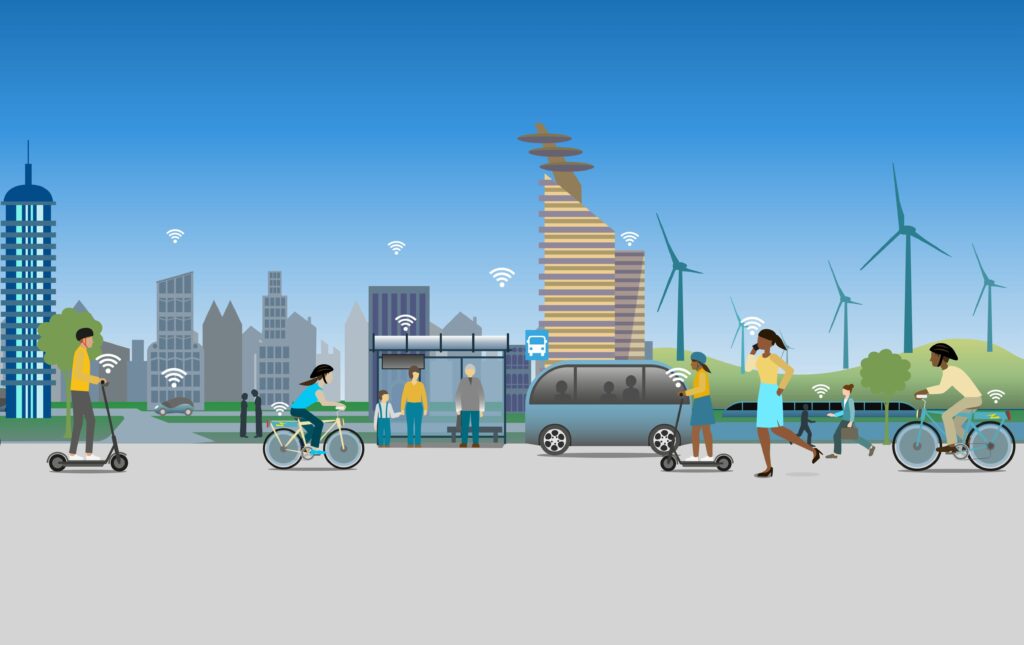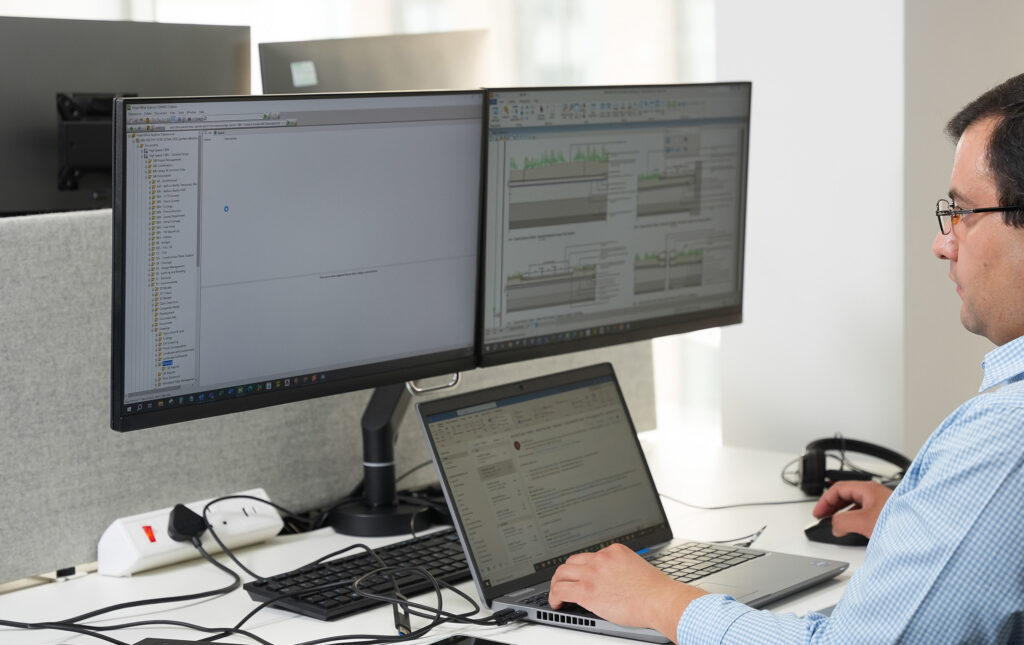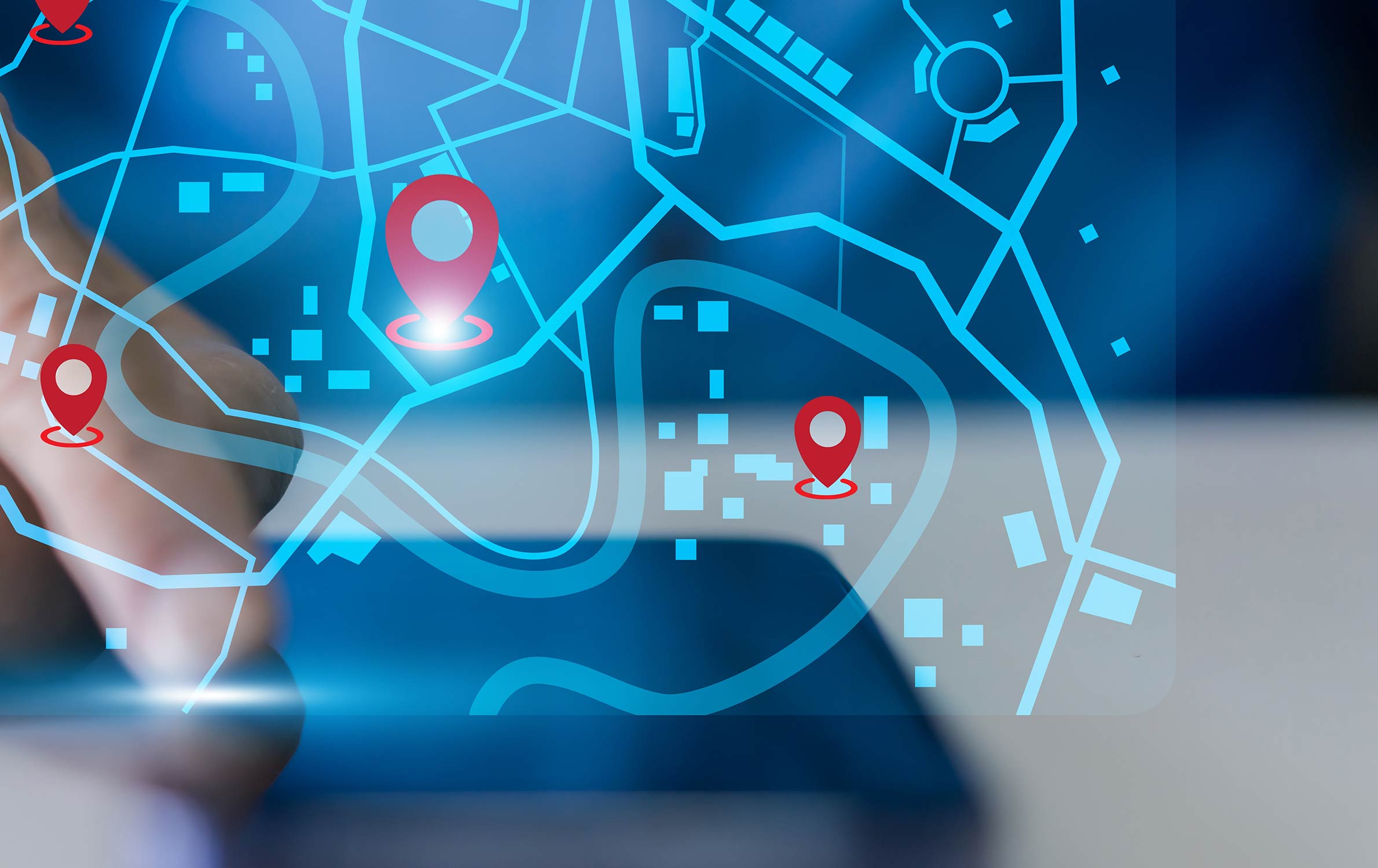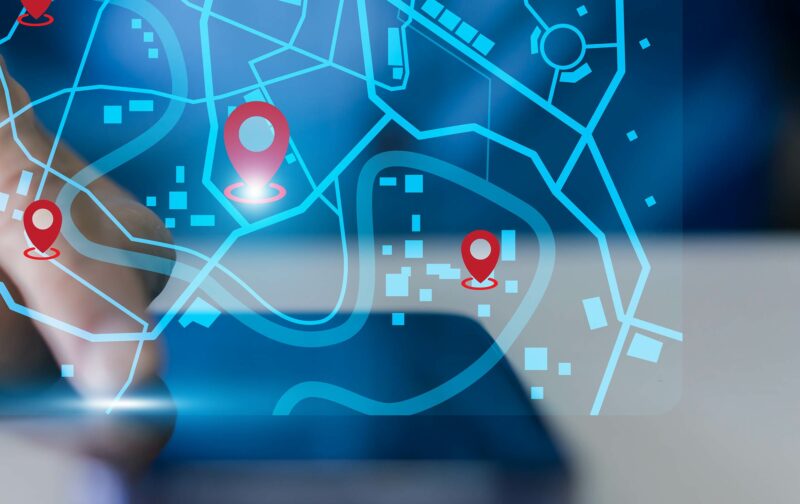Personal mobility data is behind the reframing of urban transport design and SYSTRA’s Neill Birch shared his thoughts on how this potential is set to transform the way we move through our cities.
“Having access to a huge amount of data as we now have, should allow us to be able to design urban and mobility infrastructure in a much more people focused way than we have done in the past, which I think will be a real revolution.”
Neill’s belief is that planning is informed directly by the real journeys people make; which enables the creation of smarter interchanges and more responsive transport systems. Smart card technology (such as Oyster) was a stepping stone into understanding a customer’s journey planning, but this has progressed into the wider potential that we see today.
“We’re now able to understand people as customers making a whole journey. In the past, all we knew was that a person had got on a bus or a train. We didn’t know if that was the same person making two joined up journeys, or if that was two different people.”
This insight, he explained, is crucial for optimising the overall passenger experience, allowing operators to “drill down into” how journeys are chained together, despite the limitations in personal data.
Volume of mobility data vs privacy
Addressing these challenges, Neill looked towards the hurdles facing the industry.
“I think there are two challenges. I think challenge number one is simply the sheer volume of data… you can imagine how many millions of passenger journeys there are literally every single day. If I put myself into the shoes of those people, I’d probably not be hugely worried in the days when I was traveling with, say, a smart card or an Oyster card… but a lot more of these journeys are now being made using bank cards… you need to have a big hearts and minds campaign that just explains exactly how all of this data is anonymised and that there is no linkage between a particular card being used and knowing who that person is.”
A future of seamless travel experiences
The future needs to balance technological advancement with robust privacy measures, but also consider a more seamless and unconstrained travel experience;
“I think that we are… moving into an era where people can travel in a way that is much more unconstrained by the need, for example, to buy a particular ticket or make use of a particular app… we can just switch our phone on in a different country and just make use of it.”
An era where ticketing barriers fall away, paving the way for an integrated transport system that caters effortlessly to the needs of both urban and rural travellers could be possible by leveraging detailed, real-time data. We can design systems that are not only more efficient, but also more intuitively aligned with the needs of everyday commuters, while maintaining data privacy, creating smarter, safer, and more responsive journeys.
You May Also LIKE
You May Also LIKE

- services
Transport Strategy
Read more sur Transport Strategy
Delivery of an Integrated Transport Strategy
Read more sur Delivery of an Integrated Transport Strategy
- services


 Australia
Australia  Brazil
Brazil  Canada
Canada  Chile
Chile  China
China  Columbia
Columbia  Denmark
Denmark  France
France  India
India  Indonesia
Indonesia  Italy
Italy  Malaysia
Malaysia  New Zealand
New Zealand  Norway
Norway  Panama
Panama  Peru
Peru  Poland
Poland  Portugal
Portugal  Saudi Arabia
Saudi Arabia  Singapore
Singapore  South Korea
South Korea  Spain
Spain  Sweden
Sweden  Taiwan
Taiwan  Thailand
Thailand  Türkiye
Türkiye  United Kingdom
United Kingdom  United States
United States  Vietnam
Vietnam